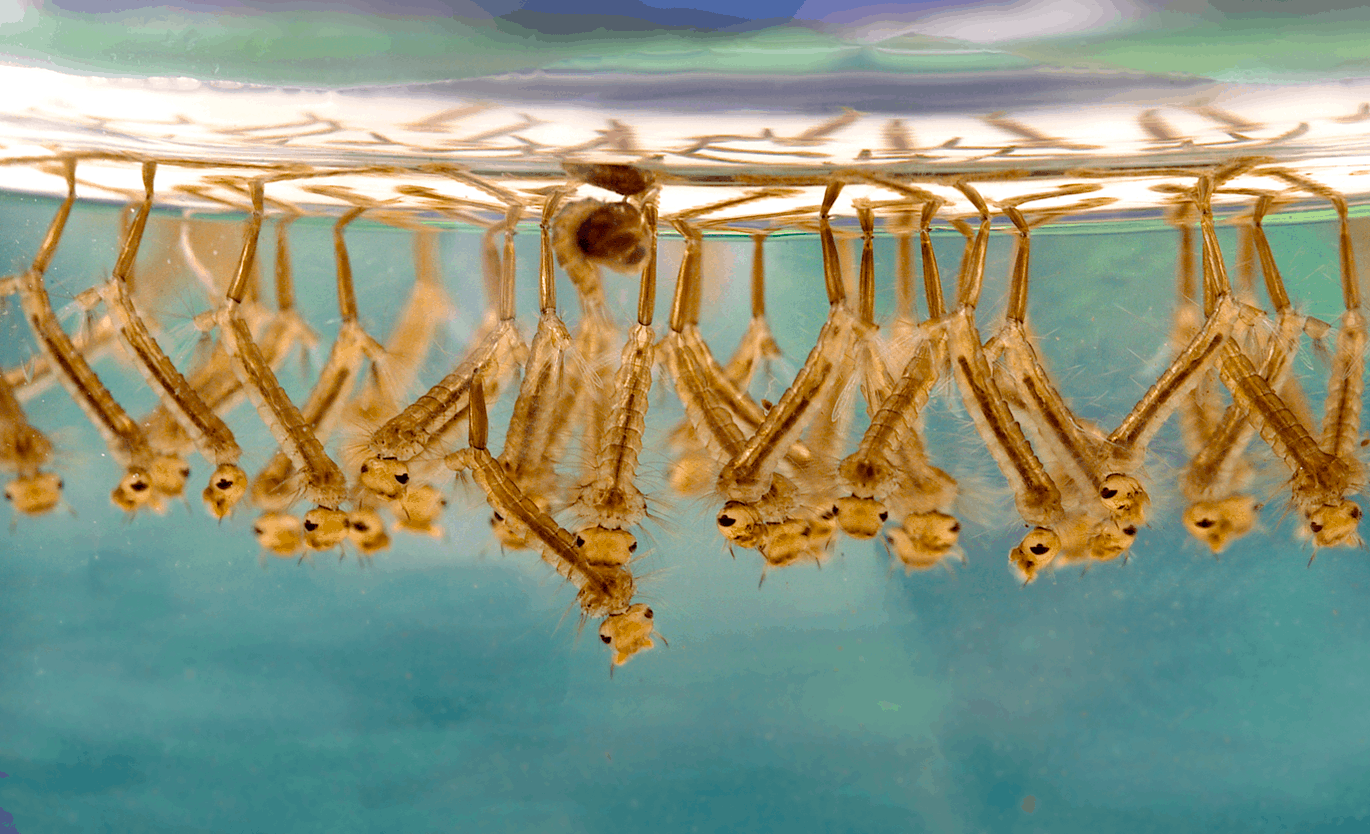July 08, 2016

As colleagues in the New Delhi branch of CDDEP prepare for the monsoon season, they also prepare for the looming outbreak of dengue. Cases of dengue peak following monsoons, as a result of an increase in available breeding sites of the principal vector of the dengue virus, Aedes aegypti. This species of mosquito breeds in all manner of containers that fill with water—storage tanks, flower pots, gutters, drip trays, discarded tires, plastic containers — which become abundant during and after the monsoon season, when the average monthly rainfall reaches 200mm or about 8 inches.
In recent decades, the worldwide incidence of dengue has increased alongside global warming and globalisation. A number of large scale outbreaks were recorded in 2015, particularly in Asia. Public health authorities in New Delhi recorded its worst outbreak since 2006, with more than 15,000 cases and 60 deaths, which is the highest number of recorded deaths in recent times. Rapid diagnostic tests (and slower but more definitive polymerase chain reaction assays) for dengue are readily available, though people often ignore symptoms and do not visit a healthcare institution, leaving many cases undiagnosed and undetected. Even if diagnosed, there is no specific treatment for dengue, only the usual fluids, antipyretics and rest.
The first vaccine against dengue was registered in Mexico in December 2015 and is currently recommended for use in high endemicity areas. The World Health Organization is expected to announce its position on this vaccine in July 2016, and in time, this vaccine may be introduced to India. Until it is, the best ways to prevent large outbreaks are insecticidal vector control and eliminating standing water. The Aedes aegyptii mosquito bites during the day and is most active in the early morning and late afternoon. At the individual level, this means that people should cover up or wear lose clothing, in addition to using mosquito repellant, to avoid mosquito bites.
The Indian Meteorological Department has predicted above normal rainfall in New Delhi during this monsoon season, leading to an expected 25 percent increase in cases of dengue in 2016. As a result of these predictions and 2015’s intense outbreak, the Delhi government has begun a dengue mapping project to identify affected areas from the previous year’s outbreak.
The Delhi government has also launched an awareness program, which includes daily updates of dengue incidence to enable individuals to adapt their behavior accordingly. One aspect of this awareness initiative includes the “India fights Dengue” mobile app, launched in May 2016, on World Health Day. The interactive application allows individuals to check symptoms, locate nearby hospitals, and access interactive dengue case and mosquito density maps.
Time will tell if these measures are effective in curbing the predicted increase in dengue incidence during this year’s monsoon season. Watch this space for periodic updates.
Anna Trett is a Research Analyst at CDDEP.
Image via Wikimedia Commons











